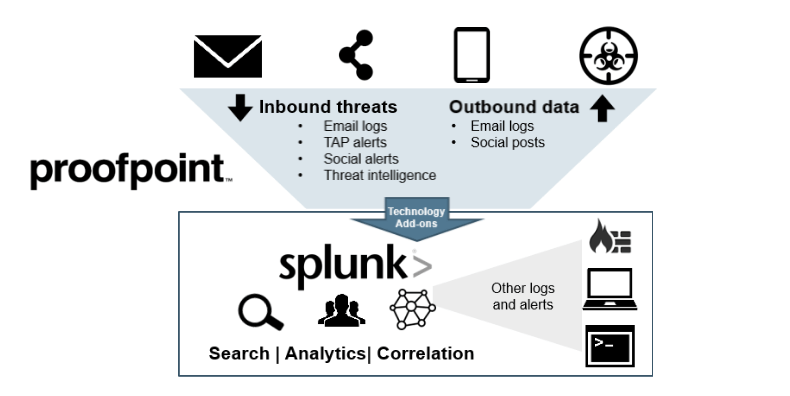

| timechart span=5m max(run_time) AS run_time by acceleration | rex field=savedsearch_id "ACCELERATE_(?:_)?(?.*?)_ACCELERATE" Alternatively, run this search using the Line Chart visualization: index=_internal sourcetype=scheduler component=SavedSplunker ACCELERATE NOT skipped run_time=* Check your ES Data Model Audit dashboard to see how well your DM searches are running. Ideally, each job should finish in under two minutes. If these jobs take longer than five minutes, your dataset may never be fully accelerated and your search results will be inaccurate. Each search will consume a single CPU core until it’s done. Certain data models have acceleration enabled by default, and those will run an acceleration job at the indexer tier every five minutes for the past five minutes of data. CIM searches fall under “ dense search,” which is primarily CPU-bound. We’ve found that 70 GB/day/indexer makes for a reasonable balance (depending on the number of concurrent users).ĭon’t try to compensate for fewer indexer nodes with faster storage or more CPU cores that’s not how Splunk works. The more indexers you have, the better performance you will see. If you have a 400 GB/day deployment, you would have between 4 and 10 indexers.

Splunk docs state that your indexer tier for any ES deployment should be between 40 and 100 GB per indexer per day.
SPLUNK SA CIM FREE
Don’t underestimate how much having no free memory can bog down your indexer tier. This is the opposite of an ideal search that has indexes, sourcetypes, and keywords specified to limit resource consumption. No indexes are specified in the CIM searches by default, which means every index is included. This has improved over time as Splunk continues to optimize the data model search.
SPLUNK SA CIM FULL
That means each event in every index that’s searched must be decompressed, loaded into memory, and complete the full parsing process before being filtered out of a CIM search. The docs state that in the search parsing order, event types and tags are derived last at seventh and eighth, respectively. Tags rely on key-value pairs and/or event types to work, but filtering on tags and event types tends to consume a lot of resources based on the way Splunk search works. Data Model BluesĬIM data models are comprised of base searches that are generally based on tags. This is critical to the success of any ES deployment. There’s a considerable amount of tuning required to make CIM data models perform nearly as well as an equivalent raw search. But is it efficient? Certainly not out of the box. Common Information Model was created, and has become a staple of any Enterprise Security (ES) deployment. The Splunk community has rallied around the concept of data models, and why not? Normalizing data into common field sets helps to build use cases regardless of what vendor your data comes from.


 0 kommentar(er)
0 kommentar(er)
